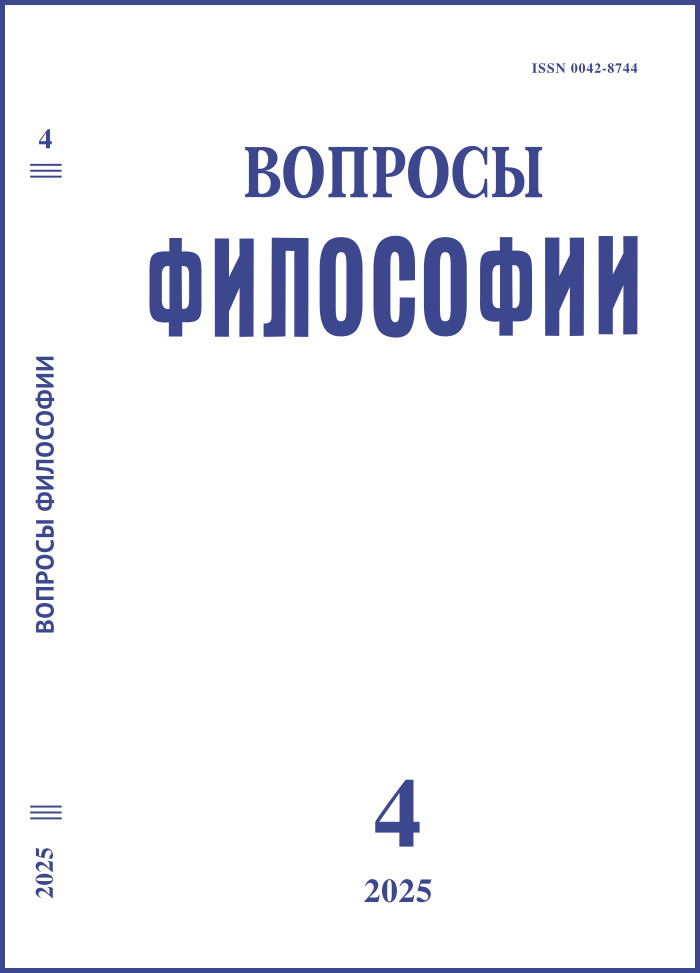General Idea of Buddha’s Teaching in Sanbō ekotoba
DOI:
https://doi.org/10.21146/0042-8744-2025-4-158-174Keywords:
Japanese Buddhism, Sanbō ekotoba, Buddha, Buddhist teaching, Buddhist communityAbstract
Among the Japanese Buddhist writings of the Heian period (9th–12th centuries), there are texts that belong not only to monks, but also to laypeople. One of them is Sanbō ekotoba (984). This collection of didactic setsuwa tales contains instructions on the basics of venerating Buddha, the Teaching, and the Community. The path of Prince Siddhartha to enlightenment, the years of his preaching and miracles are left aside, and Buddha is shown exclusively through the deeds of his previous lives. The content of the Teaching is revealed in several episodes from the history of the adoption of Buddhism in Japan and stories of miracles, and the Community is represented by its deeds – the rituals of the annual cycle. In the preface to the book and the introductions to each of its three parts, the compiler, Minamoto no Tamenori, substantiates his view of Buddhist piety. According to him, the “essence of things”, the impermanence, is seen by poets, the transition from secular reading to Buddhist books does not require a dramatic change of view; both worthy laymen and monks are led along their paths by “gratitude” for everything that they have received in life according to the law of retribution. Buddha left “traces” everywhere in the world of people, because in countless previous births he lived and acted in countless places; people come to true veneration of Buddha through deliberately insufficient worship of his beautiful images, and there is no other way. The Law of Buddha gives different instructions for different people and different eras, a small part of it is no less valuable than all of it, and the main thing in it is the teaching of retribution. The community may include merciful bodhisattvas, sages, and ordinary sinful people, all of them are worthy of respect, even careless monks cope with the task of encouraging laypeople to good deeds – after all, their very appearance reminds people of the times of Buddha. In the stories of the first part, Tamenori explains the six paramita and other concepts of Buddhist thought using examples, and these examples relate to worldly affairs.

